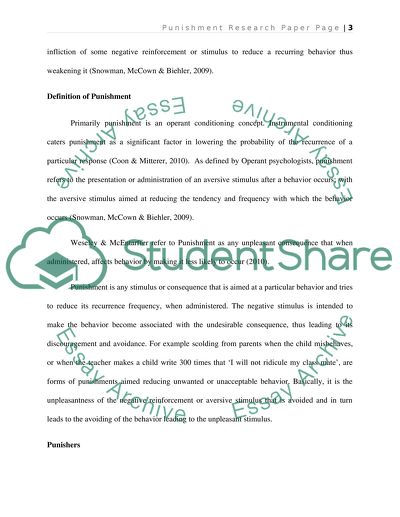Cite this document
(“Punishment Research Paper Example | Topics and Well Written Essays - 2000 words”, n.d.)
Retrieved from https://studentshare.org/psychology/1467848-punishment
Retrieved from https://studentshare.org/psychology/1467848-punishment
(Punishment Research Paper Example | Topics and Well Written Essays - 2000 Words)
https://studentshare.org/psychology/1467848-punishment.
https://studentshare.org/psychology/1467848-punishment.
“Punishment Research Paper Example | Topics and Well Written Essays - 2000 Words”, n.d. https://studentshare.org/psychology/1467848-punishment.


